Kahika (or Kayika) is a religious festival of the Kulu-Mandi region in Himachal Pradesh. It is held at various places in the Beas, Parvati and Sarvari valleys of Kulu district and the Chuhar valley of Mandi district. The fundamental objective of the festival is to cleanse, through a purification ritual, the people from impurities of transgressions they may have committed or baneful influences they may be affected by. A ritual specialist takes unto himself these impurities of transgression (pāp) and baneful influences (dosh-khot, kāri-shrapni), which are then removed with him symbolically sacrificed and afterwards revived by the deity.
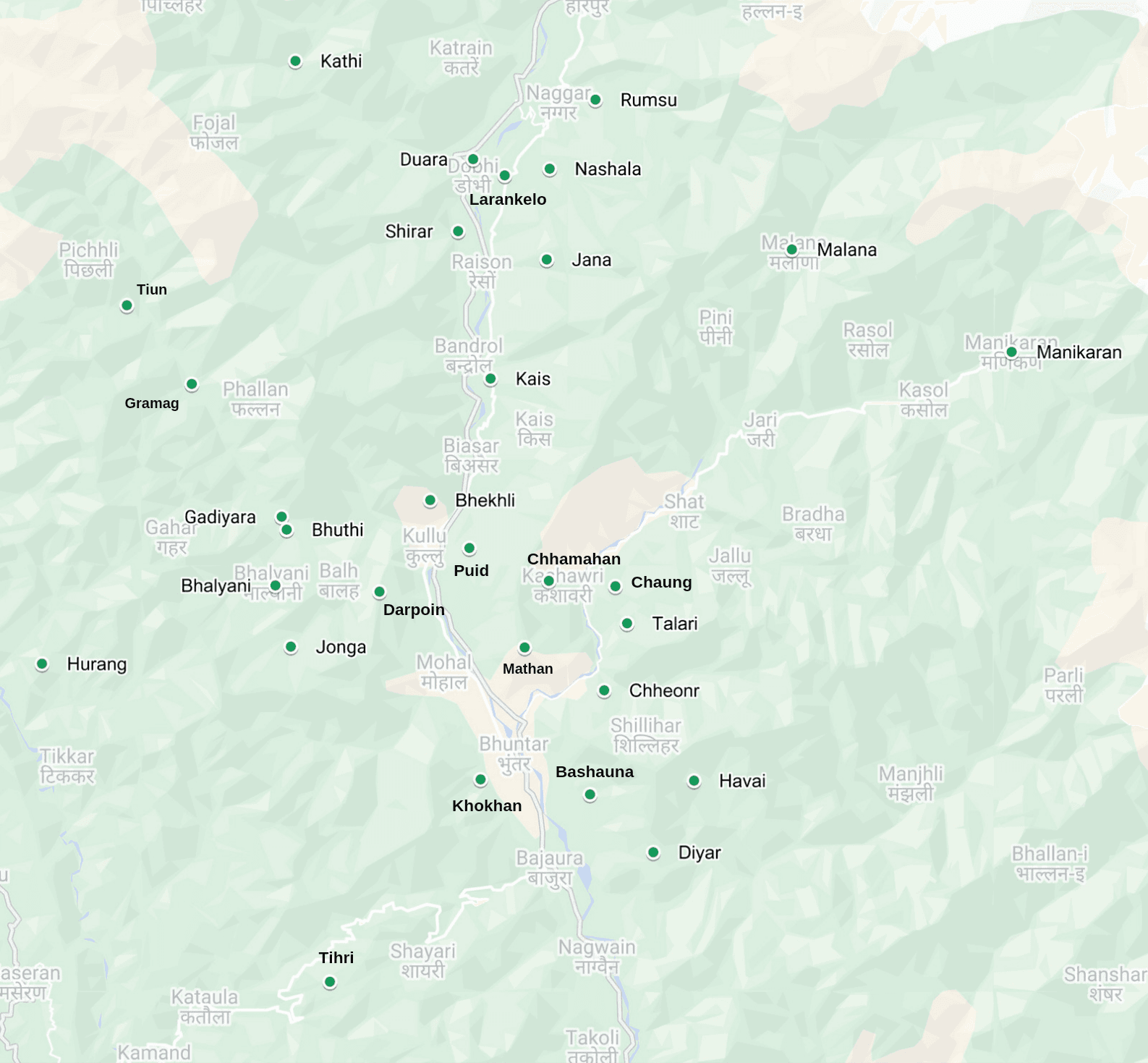
Kayika is an annual event at only a few villages, most of the places it is held every few years or whenever the local deity expresses the need through the goor (shaman). It is also organised following a major deukarz (deity’s work) such as making of new mohra, erection of dhauz (OIA dhvaja, ‘flag’) and renovation or construction of temple. Kayika is usually held during the months of Jeth (May-June), Shadh (June–July), Shaun (July-Aug), Bhadru (August-September) and Shauj (September-October).
Naur
The person who officiates as the ritual specialist, and the scapegoat, in a Kayika festival belongs to the Naur caste. He is always accompanied by his wife, or a woman of his caste if unmarried, who is called sita.
Naurs are classified as Other Backward Classes by the state government of Himachal Pradesh and their community numbers around a thousand people shared among a dozen villages of Kullu and Mandi districts.
A Kayika festival consists mainly of three parts: (i) Kayika kharedna (putting up the ritual space); (ii) Chidrā (purification ceremony); (iii) Badah (sacrifice) and Ziyāna (resurrection).
(i) Kayika kharedna: In the first part, a ritual space is set up at a predefined spot in the temple ground (sauh). At this spot, same is chosen every Kayika, a hoom (OIA homa, ‛fire ritual’) is performed by the Naur with the help of a purohit offering oblations to the sacred fire. After the hoom, four branches or small trees (~5m) of kelu (Cedrus deodara) are pitched up to form four corners of a square. A large cloth (usually white) is spread over and tied to the four tops forming a canopy. A ram is sacrificed to consecrate the place. This setup is called kayika. A basket (tokru) full of grains (wheat or corn), called changori, with a burning clay lamp on top is placed at four corners of the kayika.
Once the kayika is erected Naur draws a ritual symbol called māndal (OIA mandala, ‘circle’) on the ground beneath it. He marks out a square with flour (wheat or barley), divides it with medial and diagonal lines, and fills the compartments with small heaps of various grains.
In the middle of the māndal, Naur places a round wooden vessel filled with grains and positions his hourglass-shaped drum (dādh) upright in it. He draws another māndal over his dādh and covers the vessel with a white cloth. A changori with a clay lamp on top, the head and right foreleg of the sacrificed ram, and some wooden phalli are put alongside the vessel by Naur.
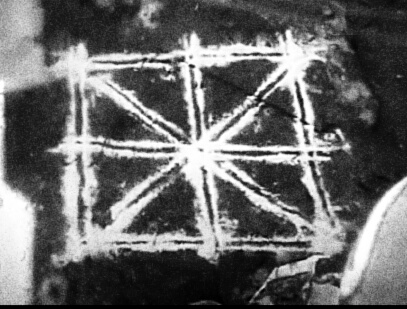
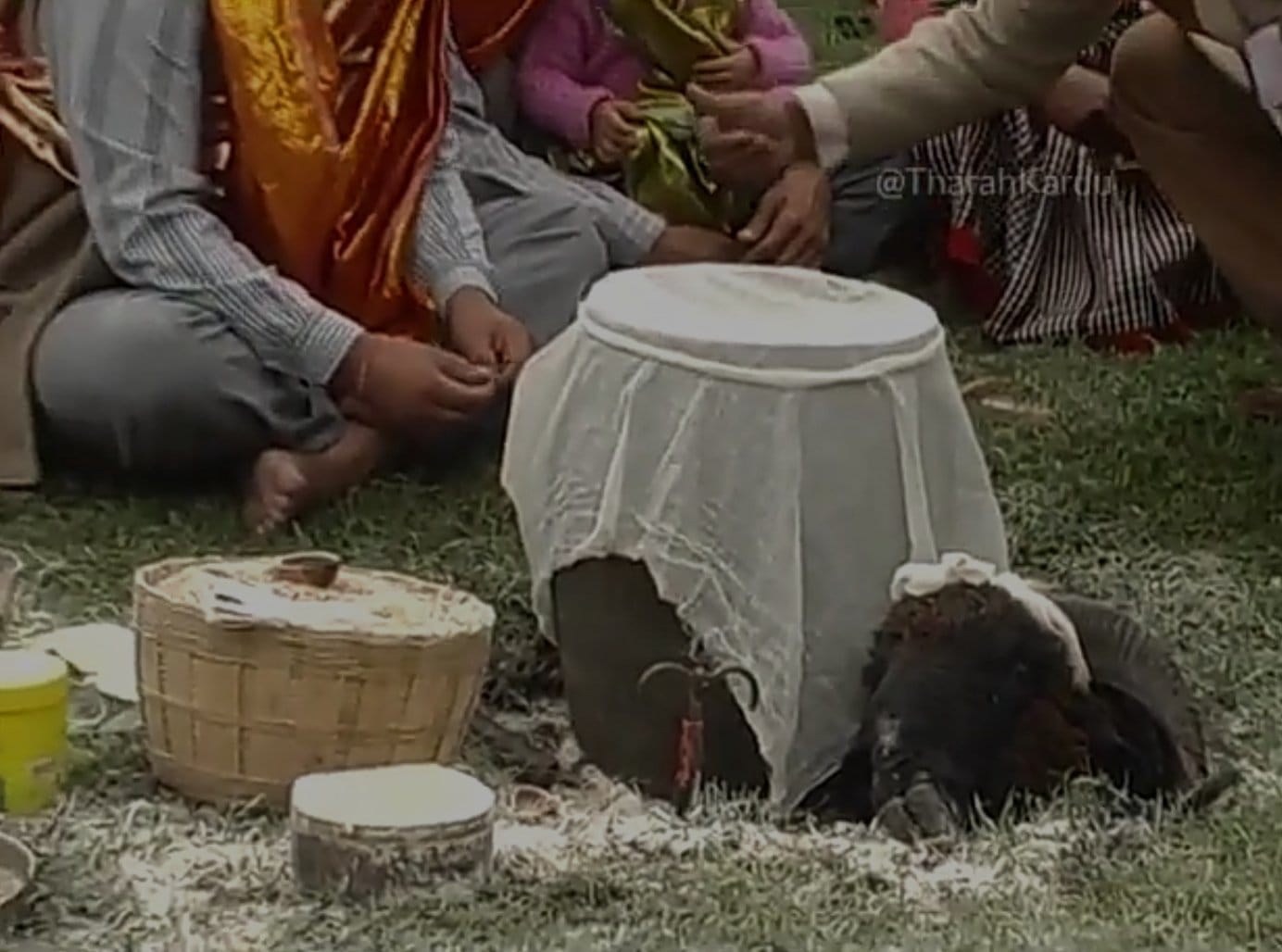
Finally, Naur performs a nyāsa-like ritual to prepare himself for the chidrā ceremony. He holds a pair of katars (daggers) belonging to the deity and while chanting some mantras touches with them his head, shoulders, waist, knees, and foot. After the ritual, Naur’s wife and deity’s pujari (priest), kardar (manager) and other attendants (karkun) do a counterclockwise circumambulation of the ritual space (kayika) holding some barleycorn in both hands and dropping them as they go around. With this the ritual space is finally ready for the chidrā rites.
(ii) Chidrā ceremony: Once the ritual space is all set, next phase of Kayika, the chidrā ceremony, might begin right away or after a short break. Whatever it be, Naur takes his seat under the canopy. In a basket barleycorn and bhekhal (Prinsepia utilis) leaves are mixed and given to deity’s attendants, and others who want to participate. Naur first performs a rudimentary chidrā after which the kardu or rath (palanquin) of the deity is brought and placed on the ground. One end of a long silken cloth is tied to the rath and the other end is touched with the dādh-vessel by the pujari. An offering (money) is made to Naur, who then performs chidrā reciting various incantations. At the end of each incantation, all throw some barleycorn grains over the dādh-vessel saying ‘chidrā!’.
Following the chidrā, deity’s rath is taken on a dance procession (hulki) around the temple green. As the procession dances to the beats of musicians (bazgi), Naur taunts deity and the attendants, and also brandishes the wooden phalli. Members of the procession throw flour of parched barley (sattu) and mustard seeds (shai) into the air and over each other. Naur’s wife, who is leading the procession, keeps on dropping barley grains from her hands as she dances. After a while the procession reaches back at the ritual space. Naur then performs chidrā for other deities present and each round of chidrā is followed with a similar dance procession.
After deities and karkun, other people are purified. They come one at a time, make an offering to Naur, and describe the impurity (transgression or ill-fortune) they may be suffering from. Naur then enunciates some incantations that include the impurity. At the end of each incantation they have to exclaim ‘chidrā!’ (perforated) throwing some barleycorn. All their transgressions and ill-fortunes are thus said to be removed and transferred to the Naur.
The term chidrā, used for the purification ritual in Kayika, finds its possible origin in the OIA chidra, meaning ‘hole’ or ‛weak point’ as a noun and ‘perforated’ or ‘torn asunder’ as an adjective. The exact meaning of chidrā, however, varies depending on the context in which it is employed: ‘release’ from transgression (pāp), ritual or social, ‘removal’ of evil power of deity (dosh-khot), ‘cutting’ of spells and bad omens (kari-shrapni), and so on.
chidra (noun): hole, fault, weak point, an opening, blemish, gap, imperfection, slit.
chidra (adjective): perforated, torn asunder, having holes, pierced, leaky.
The chidrā ritual is also called ‘chaul-bhaurna’. The word chaul is likely derived from the OIA kshal meaning ‘to wash off, purify, cleanse’ and bhorna in Kullui language means ‘to put in’ or ‘to pour’. Thus chaul-bhaurna is ‘to wash off and bring purity back’.
(iii) Badah (sacrifice) and Ziyāna (revival): The third and final phase of the festival involves the sacrifice and ressurection of Naur. The chidrā ceremony goes on for hours and in some cases days depending on the public. After taking the impurities of deities and people in the various chidrā ceremonies, the Naur is ‘symbolically’ sacrificed. This happens either at the ritual space, i.e. the kayika, or at some adjacent place in the temple ground.
Whatsoever, deities (raths), karkun and other people assemble around Naur forming a circle. With the heavy beats of drums in the background, the host deity’s head goor (shaman) chants mantras over some rice and mustard seeds and puts them into Naur’s mouth along with a coin. Then the kardar (manager), armed with bow and arrows, of the host deity and Naur stand at a short distance facing each other. Kardar shoots four arrows into four directions and a fifth one on Naur’s chest making him fall back, seemingly unconscious, into the arms of some attendants standing behind. A ram is thrown across the fallen Naur and sacrificed just as it lands on the other side. A funeral shroud is wrapped around Naur as is done to a dead person.
The ways of making Naur unconscious varies from place to place:
- arrow: Darpoin, Larankelo, Shirad
- mantra: Bhekhli
- water obtained from washing the mohra: Diyar and Bashauna
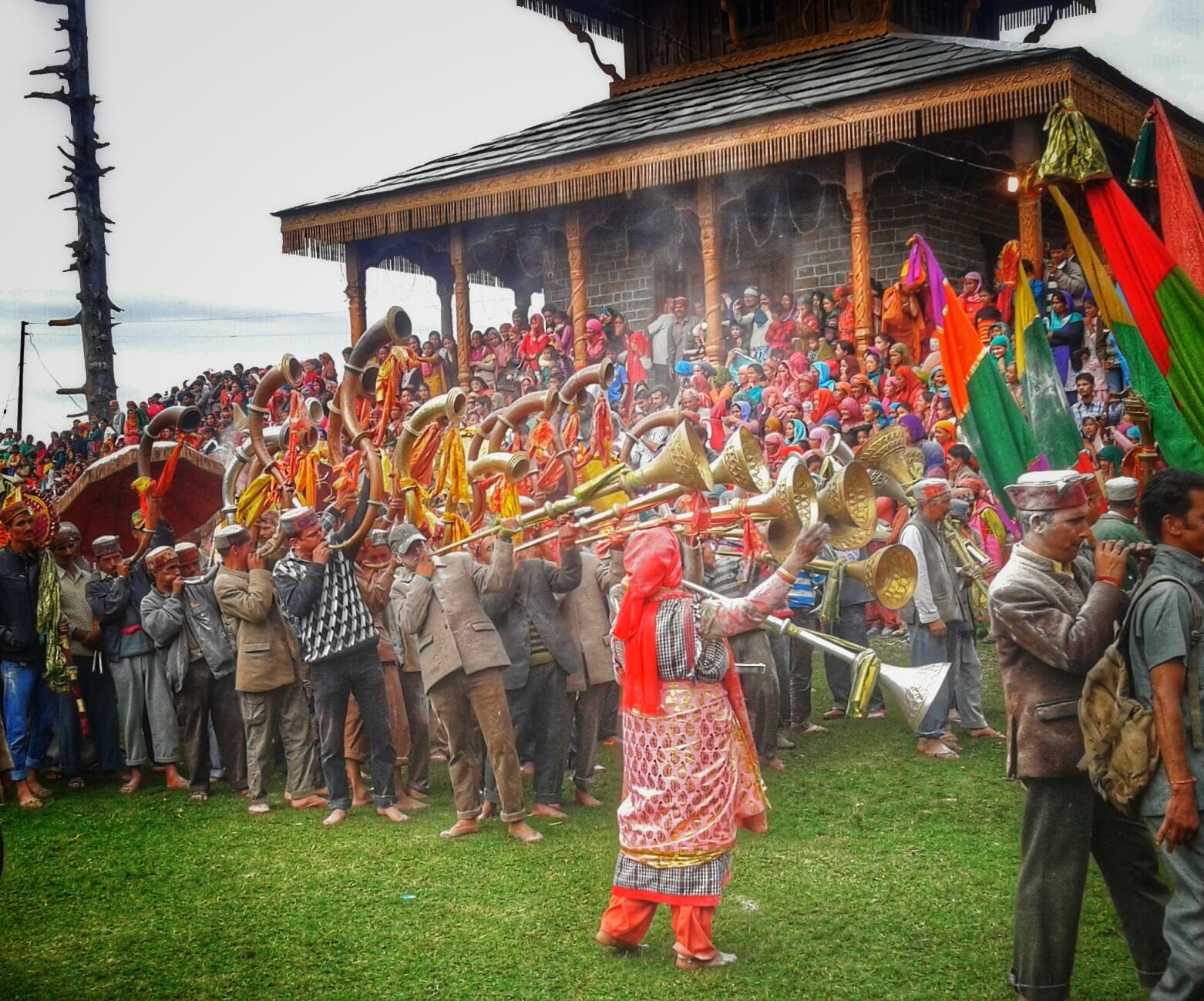
Naur’s body is then carried in a procession led by Nauran around the temple green. On reaching back at the ritual space Naur’s body is laid on the ground and surrounded by deities (raths), goors, attendants and general public. Naur’s wife then performs a chidrā over her husband’s body. After she is finished, the deities have to revive Naur. The raths shake furiously and the goors give a violent look as the sound of beating drums reaches its crescendo. The goors chant mantras and fling rice and mustard seeds in every direction. Some of the attendants throw sattu (parched barley flour) into the air.
Eventually, Naur regains consciousness, gently rising from the ‘dead’. The kayika (ritual space) is at once dismantled, and deukhel (deity’s play) is performed by the goors. Naur also dances alongside the goors brandishing the wooden phalli and mocking them. With this the festival concludes and Naur-Nauran are given some clothes, ghee, some grains, money, and a portion of the sacrifices before they depart for their home.

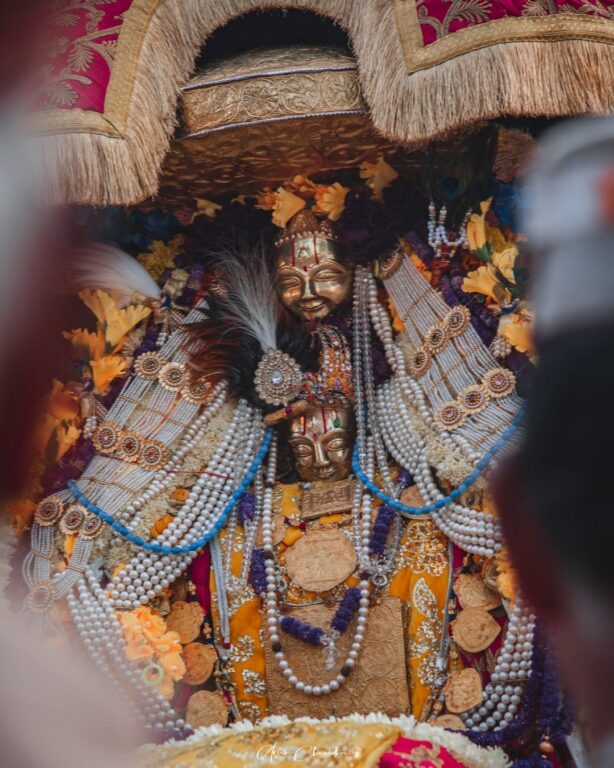
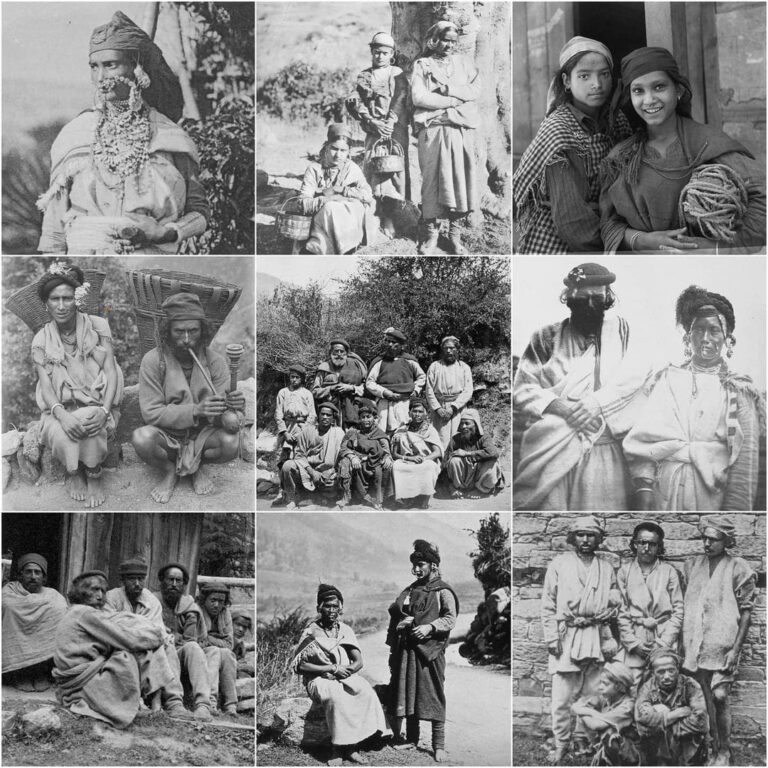
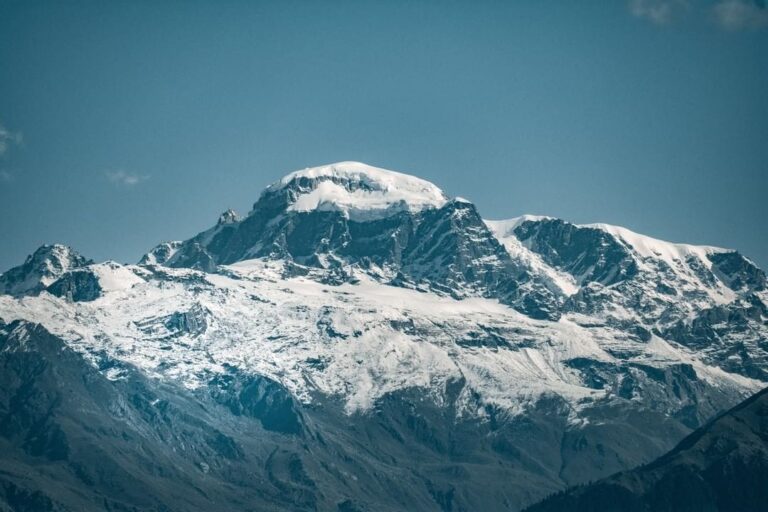
Information of cultural heritage of kullu you are providing is awesome. Aspects of deity system of kullu is very interesting to know.
thanks, Jagdish 🙂 it is just a small step to make aware more and more people about Kullu dev culture.
awesome … thanks for providing this valuable information….
Sir can you name all the 18 kardu of kullu ??
Sir; Feel proud that someone like you are making aware the world community about cultural heritage of Devbhumi. We are publishing a magazine viz. BRIGHUTUNG dedicated to rich cultural heritage of Kullu and surrounding areas. Would it be possible for you to contribute some articles for this magazine. We shall be thankful.
Hira Lal Thakur
94189-57735 Badah Kullu
Excuse me please you didn’t mentioned Hawai kahika in the table and it comes after an interval of 3 years and can you name 18 kardu of Kullu please 🙏🙏
Thankyou so much sir for providing us such wonderful information about our rich culture. Please share such more interesting information/rituals of our rich culture.
Also please provide me book Myths, Rituals and beliefs in HP written by MOLU RAM THAKUR please sir